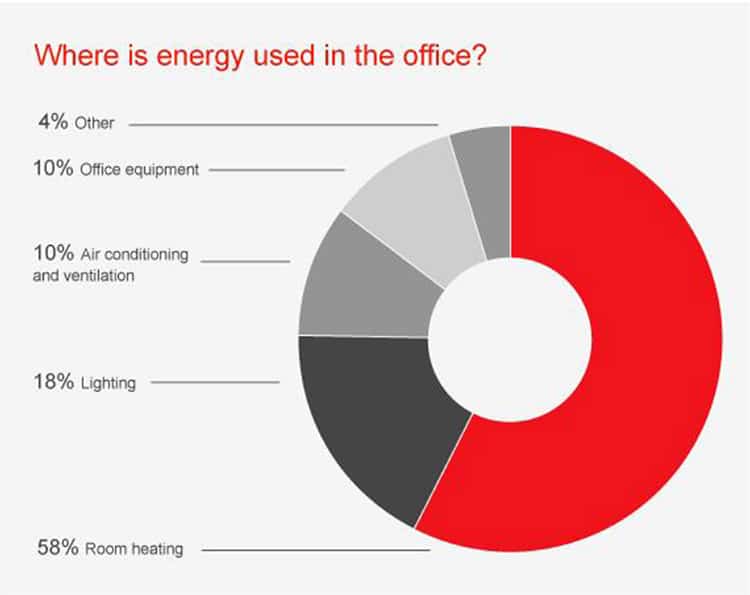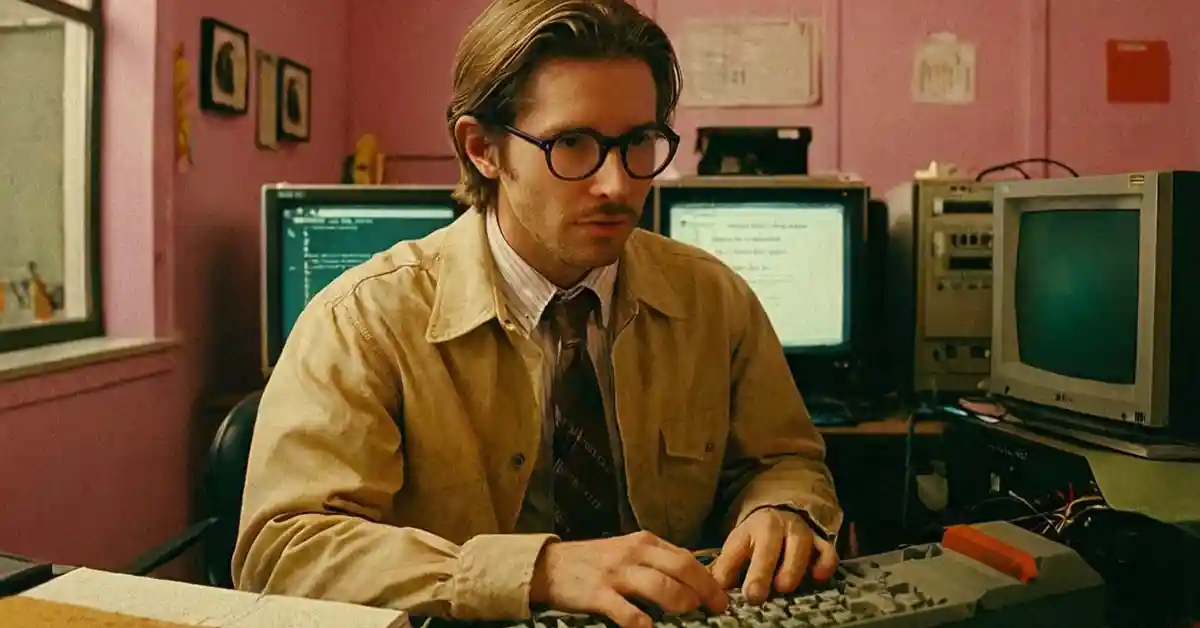We’ve all heard our managers asking, if not telling us to “turn off the lights before you leave” or “can we turn the heating down guys” or “make sure you switch off your machines before you head home”.But let me ask you, why do this? Why take such actions? To most, this is really beyond their concern.

However as each office block continues to remain oblivious to energy usage, your company costs and carbon figures steadily rise year on year. This simple fact lends itself to tighter budgeting and more restrictions on payroll.
So, what can we do? Happiness…
We will start with simple cognitive changes. Understandably energy saving may seem like an extra burden to already stress filled employees; however it does not have to be such a thing. To begin to train the mind we will schedule a task set over 21 days. This task will require the employee to send 1 email every day to their manager in which they note a positive use of energy (or negative) or potential energy saving measure that they have found either in or outside of the workplace. This mental stimulation causes the brain to actively scan their environment in search of new and invigorating ideas, no matter how big or small. After the 21-day period is over, a lasting impression has been left on the individual so that going forward, positive energy saving thoughts are now common sense.
Well what next? How about a simple 2 for 1 offer. Only this time it is an offer which occurs solely within the company’s canteen.
Here’s the scenario
One employee wants a cup of tea and as a result must boil the kettle. Simply by asking a colleague if they too would like a cup of tea can potentially save this second person boiling a similar amount of water, at a slightly later stage. Overall the energy used for two cups of tea is similar to that for a single cup of tea, but instead two employees are happily drinking tea and the company is happier in the knowledge that energy is being used more efficiently.

But now we ask “how hot does it have to get in here, before we open a window?” The above diagram shows the significance of heating on your bill. Opening a window is a small and frivolous action. That blast of fresh cool air invigorates employees and makes working conditions much more habitable. However, it can also wreak havoc with our energy spend and in an entirely unnecessary way. In order to maximise air conditioning and heating in the work place, we must take proactive action. Install basic controls which monitor air temperature and can actively adjust heating use. Reducing ambient temperature by 1°C can save enough energy to print over 40 million sheets of A4 paper.
Lighting can have a positive impact on employee productivity. Firstly, by simply switching off lights out of hours, you can expect to save up to 10% on your energy bill. Where possible it is advisable to use natural lighting but if glare occurs as a result of daylight, we suggest adjusting window blinds to redirect the sunlight to the ceiling creating more diffuse office lighting. Meeting rooms are often quick fix areas. Lights are left on after meetings in a room which is no longer in use; don’t forget about these no-cost solutions to energy savings. Employees may need to be reminded through stickers above light switches or posters around the building. Lighting maintenance can also help to reduce costs by up to 15% due in part to the fact that lighting levels can drop by up to 30% in a 2-3 year period.









